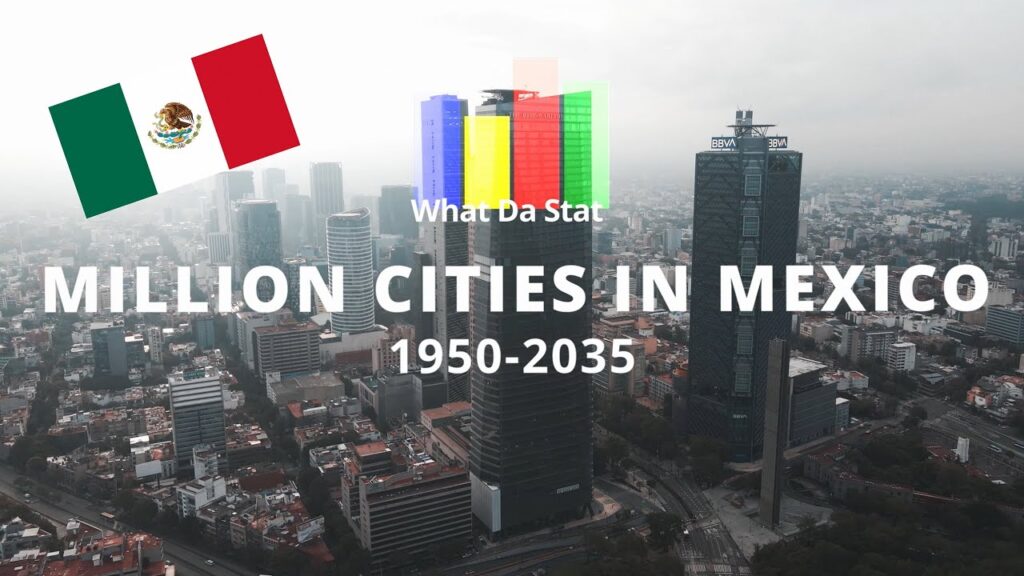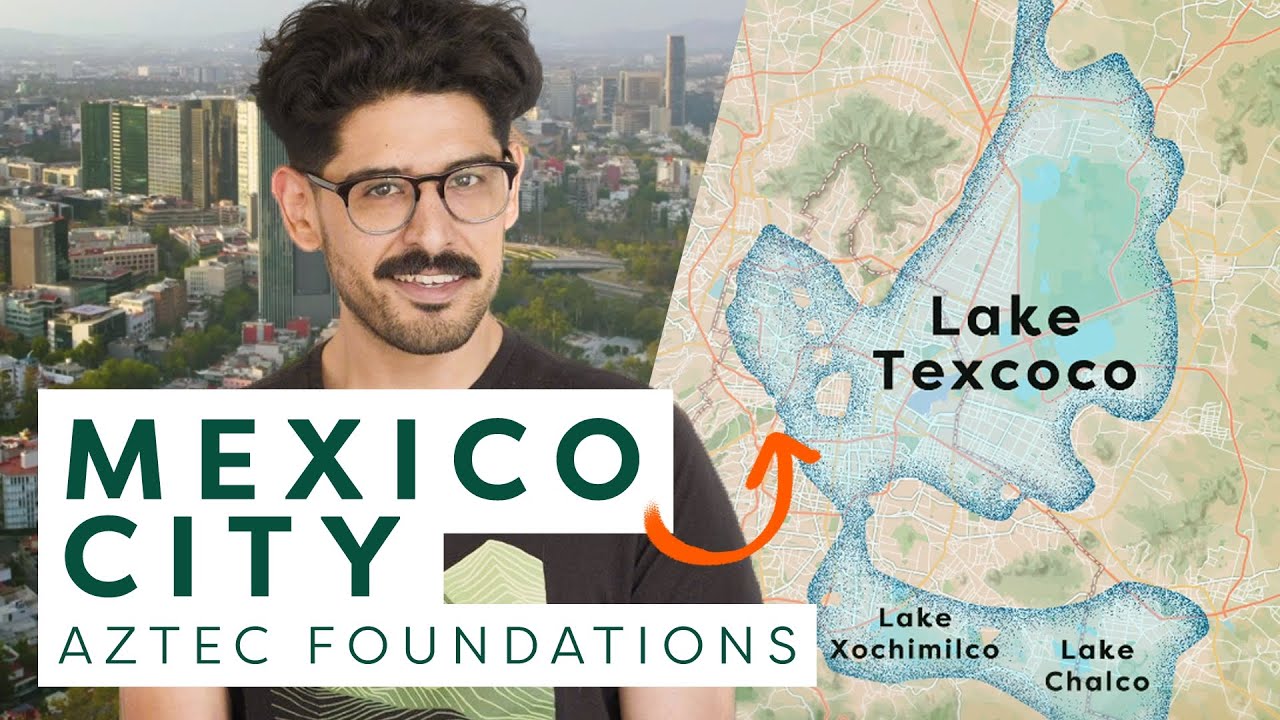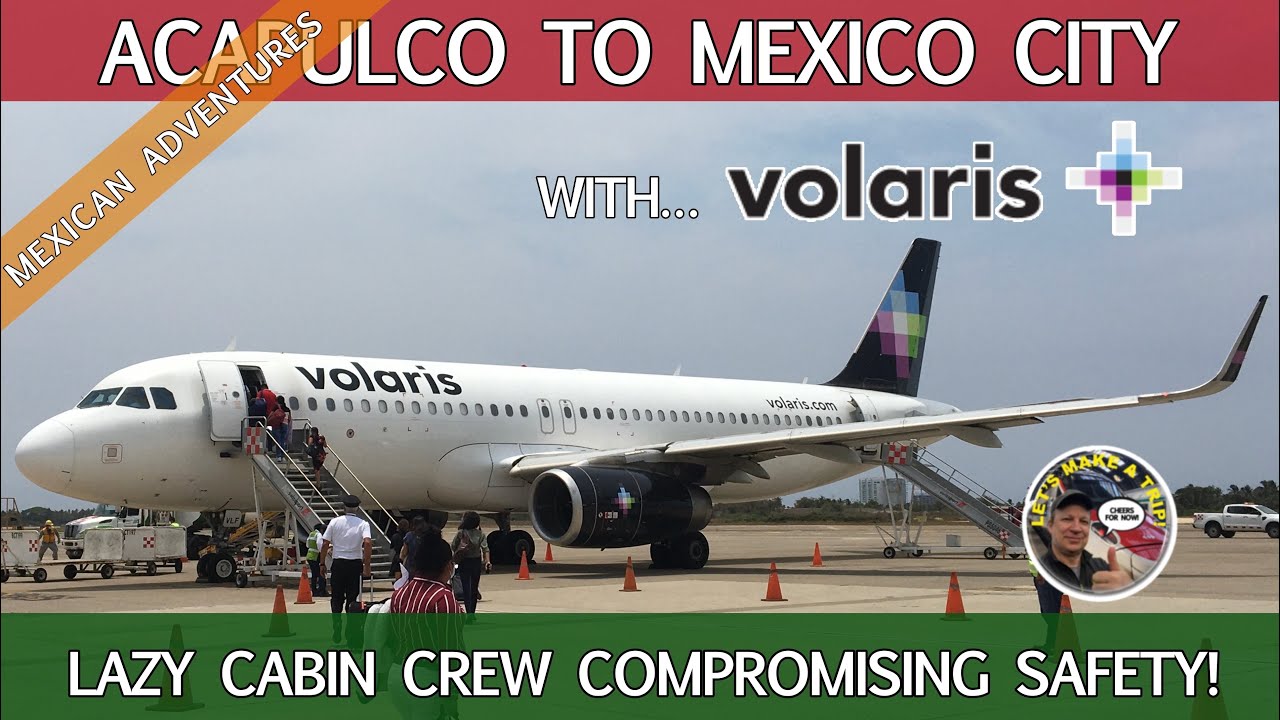Discovering the Heart of Mexico City: A Population Overview
Mexico City stands as a colossal heart beating vibrantly in the center of the nation, not only geographically but culturally, economically, and historically. As the capital city of Mexico, it houses a diverse and ever-growing population, which, as of the latest counts, extends over 21 million inhabitants in the greater metropolitan area. This makes it one of the most populous cities globally, showcasing a unique blend of indigenous heritage and urban modernity. The vast number of residents is reflective of its role as a melting pot of cultures, where ancient traditions blend seamlessly with contemporary lifestyles.
Delving into the demographic composition of Mexico City reveals a rich tapestry of diversity. The city is home to a wide array of communities including mestizos (mixed indigenous and European ancestry), indigenous people, and immigrants from around the world. This multicultural mosaic is evident in the city’s neighborhoods, each with its own distinct character, from the historic and bohemian Coyoacán to the bustling, upscale Polanco. The diversity of its inhabitants contributes to the vibrant cultural festivals, array of international cuisines, and the dynamic arts scene that Mexico City is famous for.
Moreover, the population dynamics of Mexico City shed light on its social and economic landscapes. A significant youth population fuels the city’s energy and innovation, while its aging residents are a testament to its growing healthcare infrastructure. The economic disparities among its inhabitants can be seen in the contrast between affluent areas and economically challenged neighborhoods. Despite these challenges, the sense of community and resilience among the city’s residents is palpable. With an ever-increasing population, Mexico City continues to evolve, adapting to the needs of its people while preserving the rich heritage that makes it unique.
Exploring the Layers of Mexico City’s Population
Mexico City, a vibrant and sprawling metropolis, is a fascinating tapestry of history, culture, and modernity. Its population, now numbering over 21 million inhabitants in the greater metropolitan area, is a diverse mix of people from every corner of Mexico and the world. This diversity is not just in the ethnic and cultural background of its people, but also in their economic, social, and philosophical outlooks. Mexico City’s population exhibits a dynamic blend of indigenous cultures, Spanish colonial influence, and global modernity, making it a unique place to explore and understand the multifaceted nature of Mexican society.
Walking through the streets of Mexico City, one can witness the layers of its population unfold. From the bustling markets of La Merced, where indigenous languages mingle with Spanish, to the polished streets of Polanco, where international businesspeople and diplomats frequent modern cafes and boutiques, the contrast is striking. Each neighborhood, or “colonia,” has its own identity, history, and demographic, contributing to the rich mosaic of Mexico City’s population. This diversity is also evident in the city’s culinary landscape, where street food stands selling traditional tacos and tamales coexist with high-end restaurants offering cutting-edge international cuisine.
Furthermore, the cultural expressions of Mexico City’s population are as varied as the people themselves. The city is home to numerous museums, galleries, theaters, and public spaces where both traditional and contemporary arts flourish. Festivals, whether they are honoring ancient pre-Hispanic traditions or celebrating modern-day achievements, draw participation from all sectors of the city’s population. These cultural events not only provide a window into the diverse backgrounds of the city’s inhabitants but also foster a sense of community and belonging among them. The layers of Mexico City’s population, with their complexities and contradictions, offer endless opportunities for exploration and discovery, making it an endlessly fascinating destination for any traveler or resident alike.
22 Million Souls: The Vibrant Pulse of Mexico City
Mexico City, a sprawling metropolis that boasts a dizzying array of cultures, cuisines, and historic landmarks, is the pulsating heart of Mexico. Home to approximately 22 million inhabitants, it’s a city where ancient traditions mingle with modernity, creating a unique urban tapestry. The sheer energy of its streets, filled with vibrant markets, world-class museums, and lush parks, makes Mexico City an irresistible destination for adventurers and culture enthusiasts alike.
Wandering through its diverse neighborhoods unveils the city’s multifaceted character. From the trendy bars and cafes of Condesa and Roma to the historical fervor of the Zócalo, each area narrates its own part of the city’s storied past. The architectural marvels, such as the grandiose Palacio de Bellas Artes and the ancient ruins of Templo Mayor, are visual narrations of Mexico City’s rich cultural heritage and its ability to preserve history amidst rapid urbanization.
The city’s culinary landscape is as varied as its neighborhoods, offering everything from tantalizing street food to gourmet dining experiences. Tacos al pastor, tlayudas, and churros are just a glimpse into the rich tapestry of flavors that can be found in its bustling markets and restaurants. This gastronomic adventure, woven into the daily life of its residents, is a testament to the city’s vibrant and ever-evolving culinary scene.
Mexico City is also a haven for art lovers. The Frida Kahlo Museum, also known as Casa Azul, offers a deep dive into the life of Mexico’s most iconic artist, while the vast collections of the National Museum of Anthropology showcase the country’s indigenous roots and archaeological treasures. Street art and contemporary galleries pepper the cityscape, ensuring that art is accessible at every turn and reflective of the city’s dynamic soul.
The relentless vitality of Mexico City is most palpable in its public squares and parks. Chapultepec Park, larger than Central Park in New York City, provides a green oasis in the urban expanse, inviting locals and tourists alike to take a momentary respite from the city’s relentless pace. Amid the verdant landscapes, street performers, and local vendors, the spirit of Mexico City comes alive, vibrant and pulsing, reflecting the indomitable essence of its 22 million souls.
Population Misconceptions: Clearing Up Mexico City’s Numbers
One common misunderstanding about Mexico City is the actual size of its population. Many people tend to either overestimate or underestimate the number of people living in this sprawling metropolis. Official figures from the latest census reveal that Mexico City proper, meaning the administrative area known as Ciudad de México (CDMX), has a population of around 9 million residents. However, this number quickly escalates to over 21 million people when you consider the greater metropolitan area, encompassing neighboring municipalities and states. This distinction is crucial for accurately grasping the city’s vast human landscape.
The misinterpretation of these numbers often leads to misconceptions about the city’s density, infrastructure, and capacity to accommodate tourists. Some might fear that Mexico City is too crowded, believing it to be congested at every turn with little room for leisurely exploration. Yet, in truth, Mexico City is a vast urban area with plenty of green spaces, museums, historical sites, and neighborhoods that offer a respite from the hustle and bustle. The city’s public transport system is also robust, capable of efficiently moving millions of residents and visitors alike on a daily basis.
Another factor contributing to the population misconception is the dynamic nature of Mexico City’s demographics. The population not only includes permanent residents but also a significant number of domestic and international migrants who come for work, education, or the rich cultural experiences the city has to offer. Seasonal fluctuations are common, with certain times of the year seeing an influx of visitors that temporarily boosts the city’s numbers, thus affecting perceptions of its overall populousness.
Understanding the accurate population figures and the context behind them is important for travelers seeking an authentic experience in Mexico City. Recognizing the difference between the official city limits and the larger metropolitan area helps in planning visits more effectively, ensuring travelers can navigate the city’s diverse offerings without being overwhelmed. This knowledge dispels myths about overcrowding and provides insight into the city’s vibrant, yet manageable, urban life.
Why Mexico City’s Population Matters to Adventurers and Travelers
Mexico City boasts a vibrant tapestry of cultures thanks to its massive and diverse population, currently standing as one of the most populous cities in the world. This diversity isn’t just a statistic; it’s the heartbeat of the city, breathing life into its streets, cuisine, and festivities. Adventurers and travelers are drawn to this energetic metropolis, captivated by the endless opportunities to immerse themselves in unique cultural experiences that differ from neighborhood to neighborhood.
The city’s sheer size and population density mean that every corner, every street, and every market tells a different story. For adventurers keen on authentic experiences, the local interactions and insights gained from a city with over 20 million residents are incomparable. From traditional markets like La Merced to upscale areas like Polanco, the social fabric of Mexico City provides an unparalleled depth of cultural exploration.
Furthermore, the population’s diversity fuels a culinary adventure like no other. Street food stalls and gourmet restaurants alike reflect the myriad culinary traditions of Mexico, brought to the city by waves of migrants from all over the country. This mosaic of flavors offers travelers the chance to embark on a gastronomic journey without ever leaving the city, sampling everything from Oaxacan mole to Yucatecan panuchos.
The impact of Mexico City’s population on cultural festivals and events cannot be overstated. Major celebrations such as Dia de los Muertos and the Guelaguetza folk festival are elevated by the collective spirit and traditions of its inhabitants. These events are not just spectacles to observe but immersive experiences, offering deep insights into the cultural significance behind each dance, costume, and ritual.
Moreover, the population’s passion and enthusiasm for life are infectious, making every interaction an opportunity for genuine connection and understanding. Whether it’s discussions with local artists in San Angel or cheering alongside fans at a Lucha Libre match, the warmth and friendliness of Mexico City’s inhabitants turn typical tourist activities into memorable adventures.
In summary, Mexico City’s population is not just a number; it’s the essence of why the city is a treasure trove for adventurers and travelers. The diversity, culture, and warmth of its people make every visit an adventure, promising experiences that are as varied and vibrant as the city itself.


